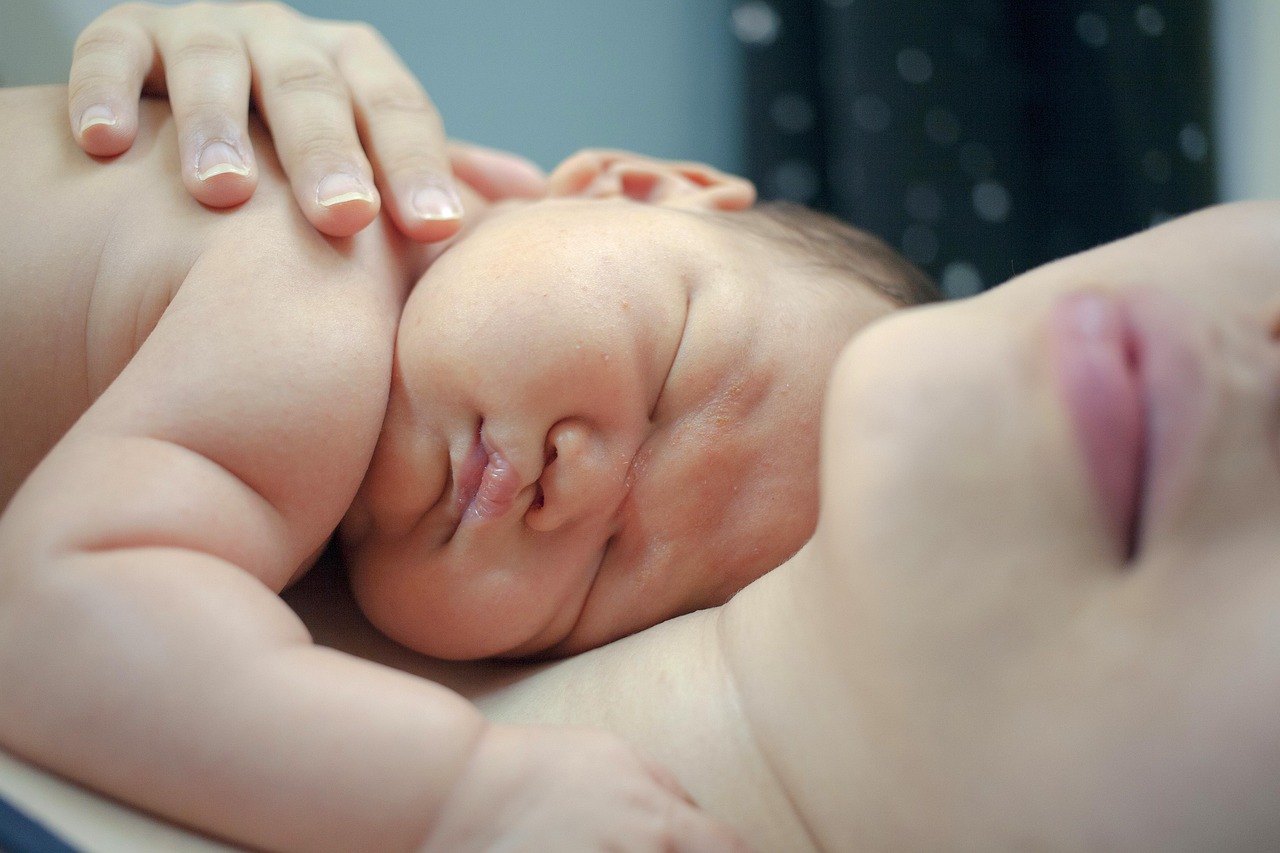As a midwife, whenever I deliver a baby, I know that the birth is not complete until after the placenta, the “afterbirth,” is delivered. There is usually a sacred lull after the baby has emerged, as the mother is taking in the moment of her new gift of life. As I observe this most extraordinary meet-and-greet, I am keenly aware that there is more to come. Most urgently, the placenta must be delivered in a timely fashion, and completely. Without this passage safely traversed, the mother’s life is suspended and there is potential for perilous complications. There is another, more obscured sense of anticipation that for the longest time I had been unable to identify. It is sometimes generated as the new parents look up at me with the look of “now, what?” An unsettling feeling arises that, in addition to needing to safely deliver the placenta, this family’s life will still be incomplete and potentially fraught with problems unless they also receive…instructions! This absurd question would pop into my mind – How could this most complex unit on the planet – this baby, so fresh, moist and innocent in its mother’s arms – be delivered without operating instructions? Where’s the instruction manual? Isn’t it included?
Don’t get distracted – keep watching for that placenta! I gently remind the mother that our next moment of focus is to birth the placenta, and at that point, I almost have to bite my tongue from saying, “We are waiting for the instruction manual to come out!”
So, inevitably, with each and every baby, a placenta is also born. Of course, it is connected to the baby through the umbilical cord, at the baby’s very center core. When the placenta is passed we marvel at the magnificence of this organ. We take a tour of this former “partner” that lay beside and nourished the baby for nine months – from the time of conception.
We often make a “placenta print” on a blank piece of paper that reveals a unique and beautiful print of the veining pattern on the back of the placenta that so magnificently resembles a branching tree. It is a keepsake for the baby book and an intimate portrait each child has of its own nourishing source; the veins that have literally sustained the life of the gestating infant. But more importantly this Tree of Life pattern imprinted on every placenta winks at us as the clue, as in a scavenger hunt, to finding the instruction manual we so desperately need. It is…The Tree of Life, the Eytz Chayim…it is…the symbol of the Torah!
The Torah is our instruction manual for living a life of blessing and for choosing life! Babies do come with instruction manuals! They are even connected to us by a cord! If we ever forget from time to time that we had one, all we need to do is look down at our belly button, and we will forever be reminded that we were and continue to be nourished, sustained, connected and tethered to that symbol of the Torah, our Eytz Chayim, our Tree of Life that was an integral part of us from even our first moments after conception.
Now, as I have been taught, when I deliver my babies, I thoroughly inspect the placenta afterwards to make sure that it is complete. I know that if there are pieces missing, the mother may bleed and her life is in danger. But I also know, now, that life without guidance, without a complete instruction manual, without our Eytz Chayim, our Torah, is just as perilous. So I am always mindful and grateful that with each and every delivery, instructions are, and more importantly, must be included.











